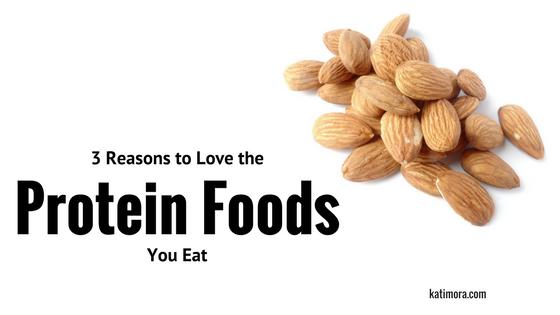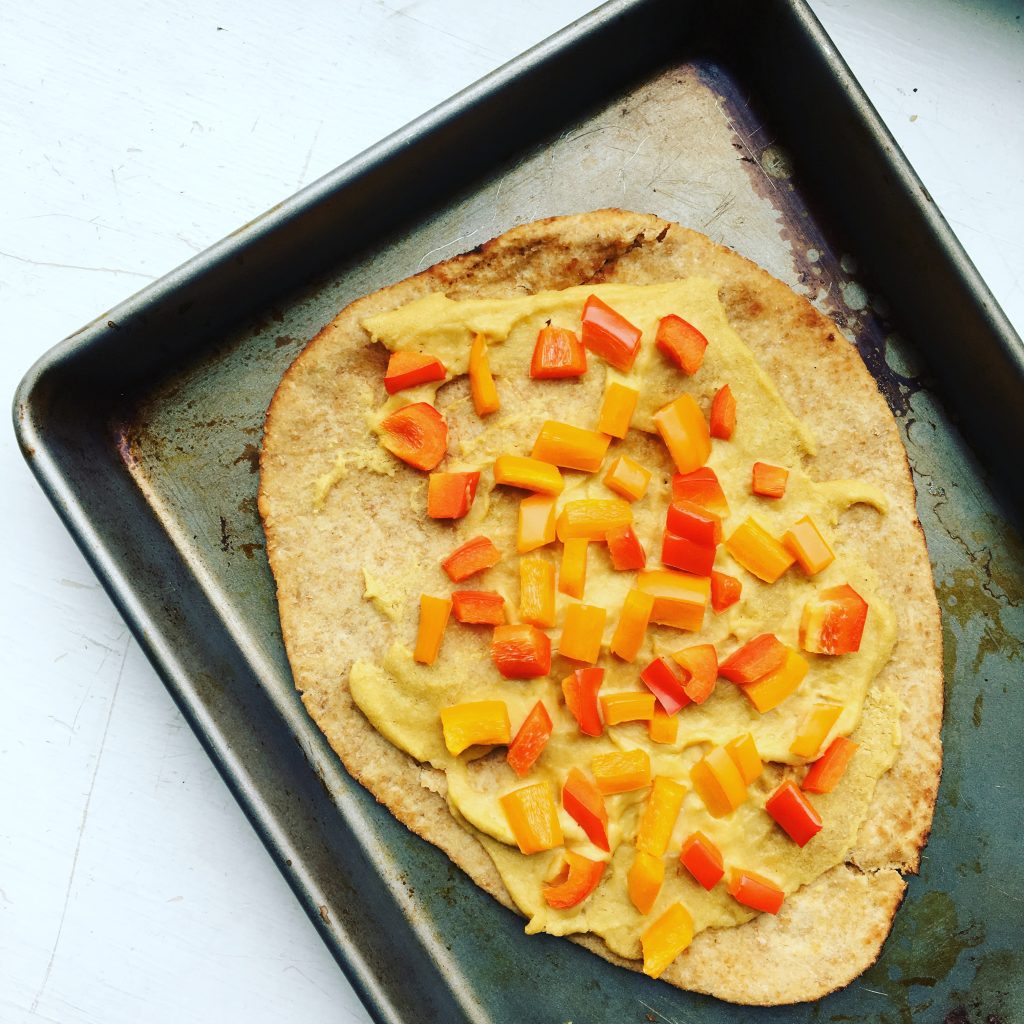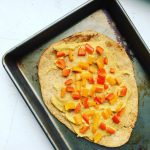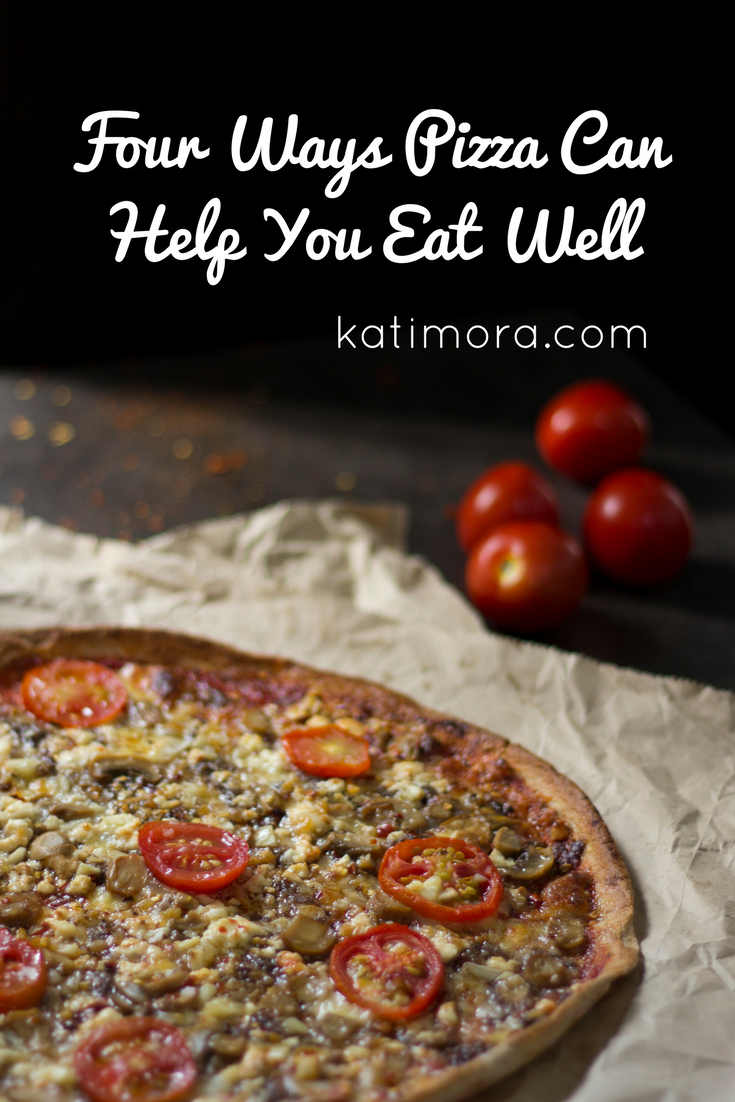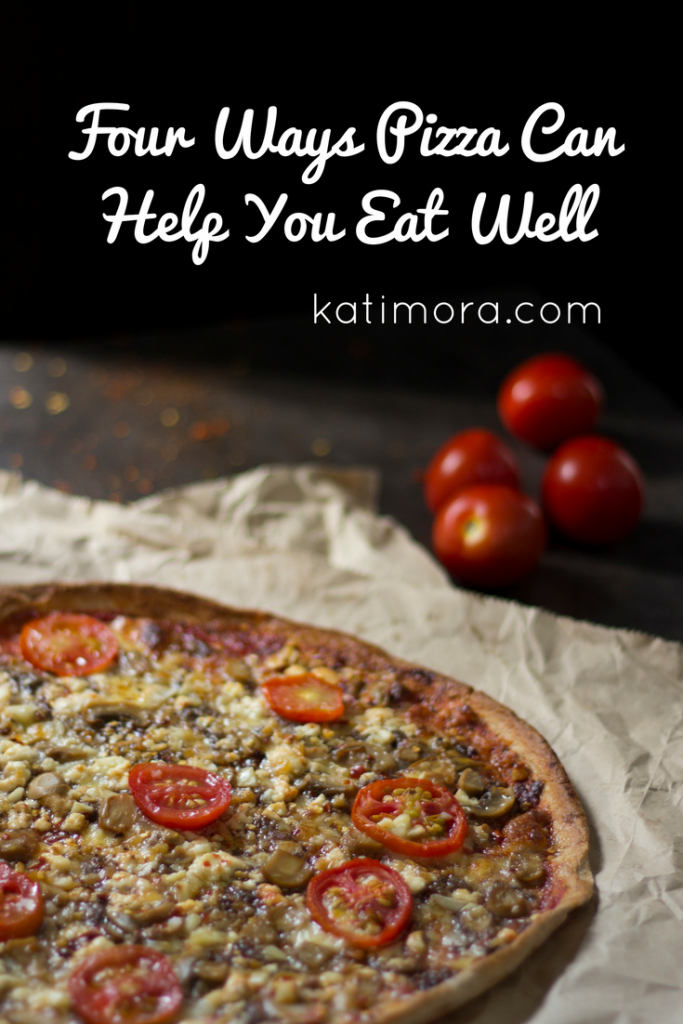I always look forward to the beginning of each school year, but admittedly, I often forget just how busy the season can be. Whether you are headed back to school this fall, have kids who are, or are watching safely from a distance, the start of a new school year may require us to change up our strategy to maintain positive eating behaviors.
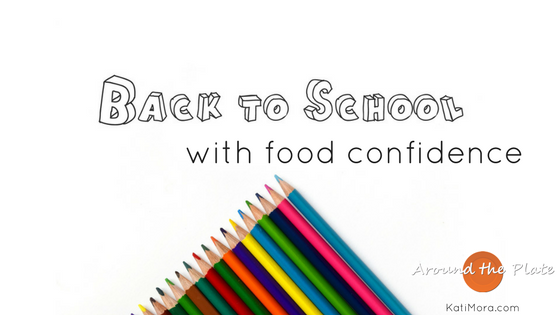
If change seems scary, take a deep breath, and read on because one thing that can remain steady in times of flux is your commitment to taking care of yourself.
Make meals and snacks a priority. Your schedule may change the exact times you eat, but it won’t change the fact that you still need to eat. This means you may need to look for different pockets of time where eating is possible for you. This will allow you to plan ahead and incorporate foods throughout the day that will help support your body.
Be food flexible. When life gets busy, our options for what we eat may not always seem “perfect.” But don’t let perfection stop you from eating. Instead, be food flexible. By adjusting your food expectations, you may find that you stress less about what you eat. Not to mention, a food flexible approach can expand your food options, actually increasing your likelihood of better meeting both your energy needs and nutrient needs consistently.
Keep it interesting. Once you create space for meals and snacks and make eating a priority, it’s then possible to make the most of each eating experience. Whether you are eating in a college dining hall, packing lunches for you or your kids, or packing options to get you through a busy day at work, look for new foods and food combinations to try. Not only will this help keep meals and snacks more interesting, but it will also allow you to get more comfortable putting foods and flavors together.
Remember you’re not in this alone. If you find yourself struggling to make time to eat, find yourself stressing out or feeling bad about your food choices, or need fresh ideas to keep meals nourishing and enjoyable, I’m here to provide support. Whether you schedule a one-on-one session with me or want virtual support by connecting with me through the Healthie app, I’d love to be apart of your wellness team. To learn more about how we can work together, give me a call at 989-400-1478 or book your appointment online.

